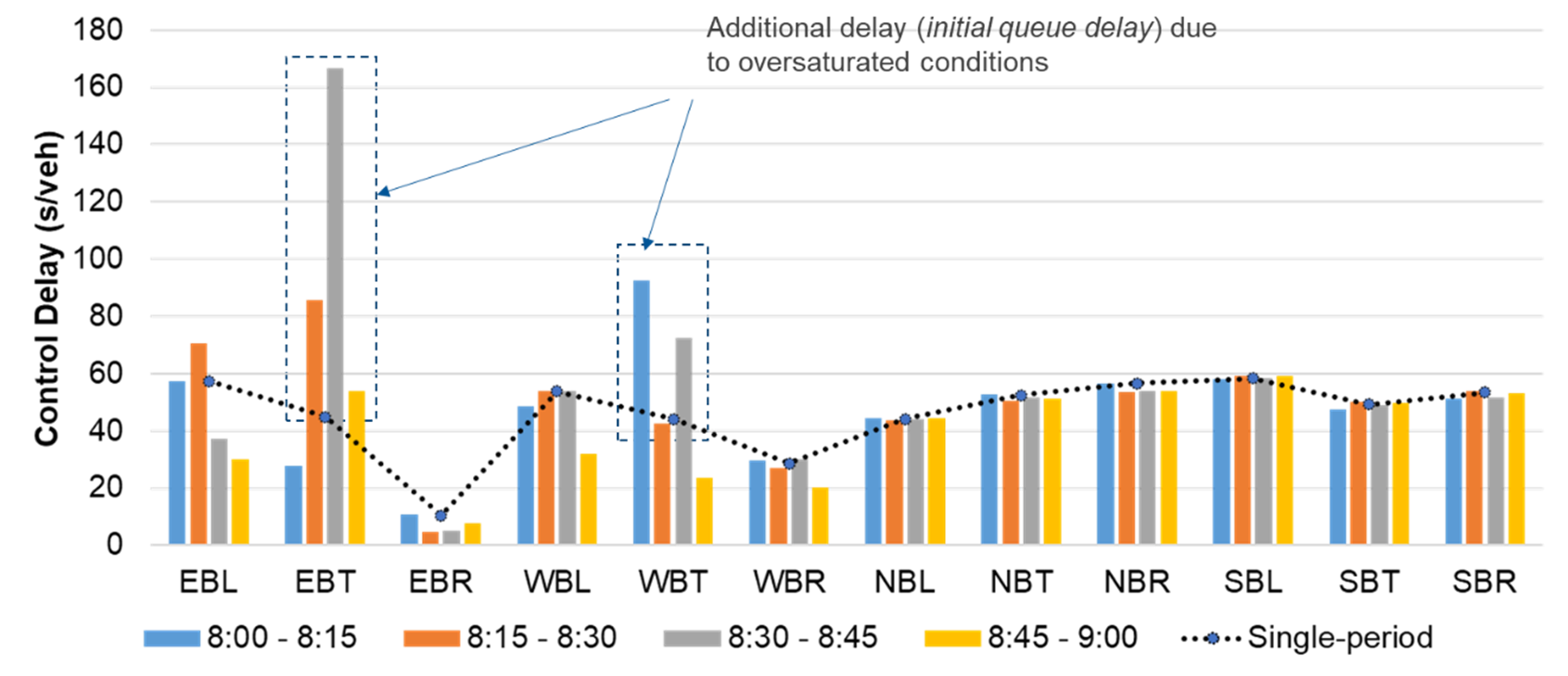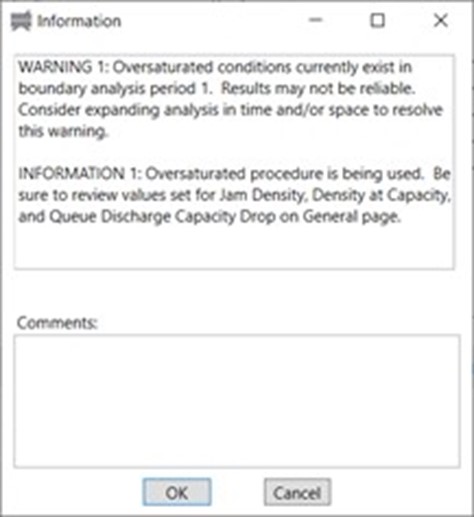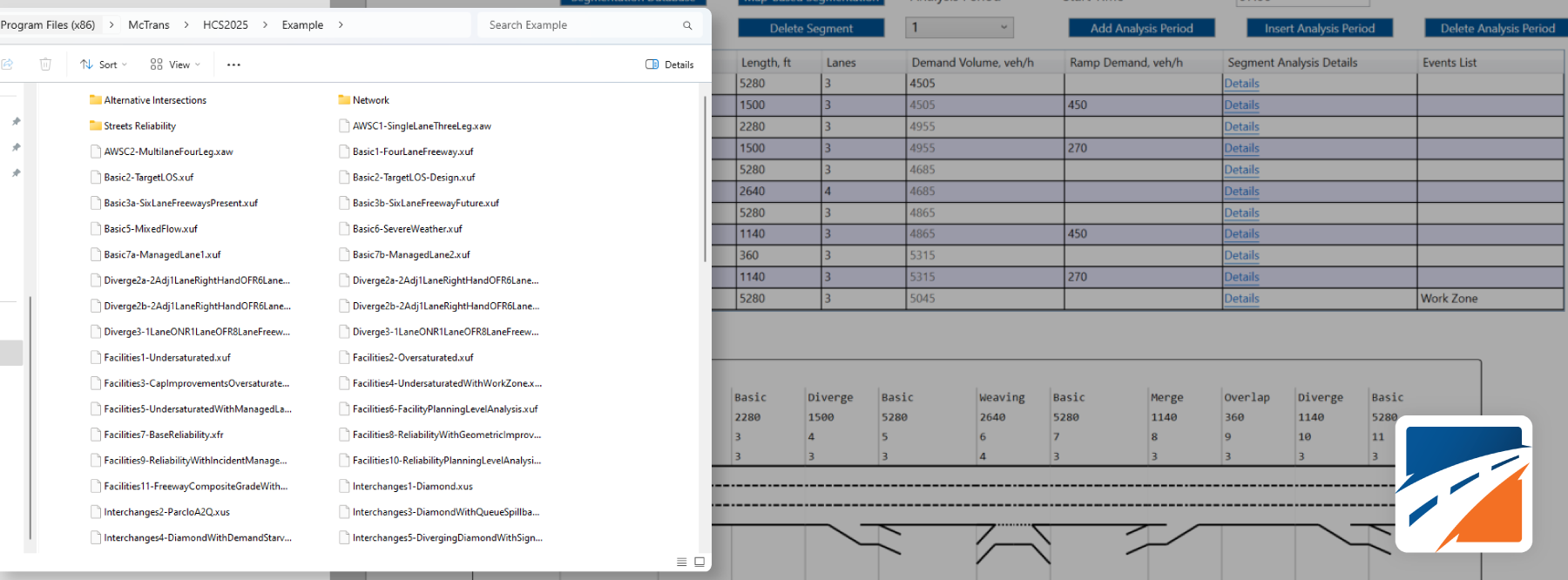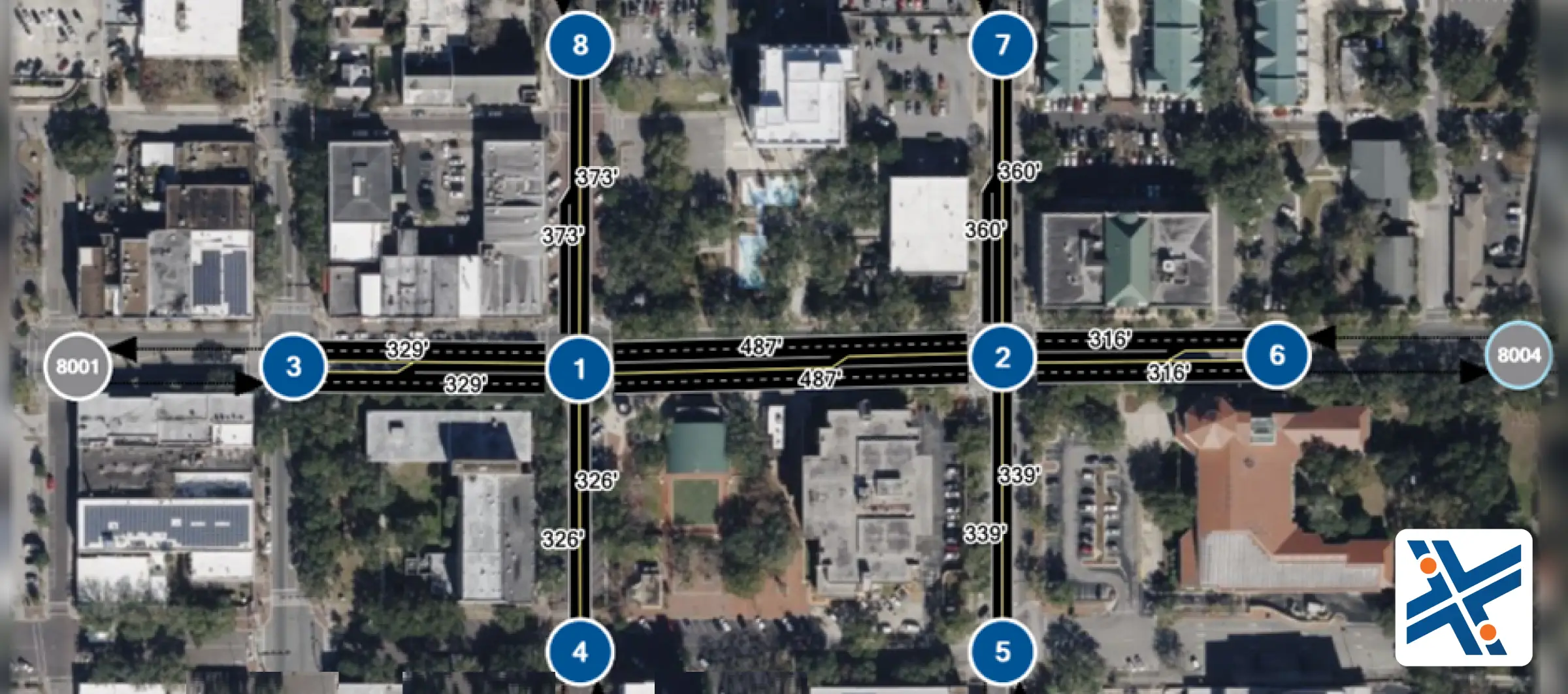Transportation professionals often use the Highway Capacity Manual (HCM) to analyze the performance of urban streets and freeways. The HCM provides two types of analysis: peak period analysis and multiperiod analysis. Both approaches have their benefits and drawbacks, and it’s crucial to know when to use each method.
Peak period analysis measures the worst operational condition of a facility by estimating the peak 15-minute demands within an hour-long demand volume using the Peak Hour Factor (PHF). The PHF is used to determine the level of service (LOS) from free-flow (LOS A) to close to capacity (LOS E). However, when the peak period analysis reports LOS F, it becomes challenging to interpret the facility’s operational condition.
When demand exceeds capacity, unserved demand forms queues that can last for several 15-minute analysis periods before they get cleared. Unfortunately, the peak period analysis cannot account for the effects of queue formation and dissipation over the facility in subsequent analysis periods. Therefore, the peak period analysis should not be used for oversaturated conditions.
On the other hand, the multiperiod analysis focuses on several analysis periods, with demand volumes provided for all 15-minute analysis periods. The PHF is not needed for this approach. The multiperiod analysis can account for the impact of queues while forming and dissipating, providing a comprehensive view of the facility’s operational conditions.
To better understand the difference between the two approaches when the operational conditions during the peak period are oversaturated, let’s look at an example. The following graph shows the control delay (a major MOE) for a signalized intersection with four legs in the peak hour. The analysis starts with no queues; thus, the delay in the first time period is relatively small (mostly less than 60 seconds, shown by the BLUE bar). But, if the analysis is continued in the form of multiperiod analysis, we see a high prediction of control delay as a result of queue accumulation in the previous time periods – shown by ORANGE and GRAY bars. Without modeling this facility in the multiperiod from, we cannot create the unserved demand in the form of queues and feed into the next analysis period.

Chart of Control Delay in different operational conditions
The peak period analysis cannot determine how bad the condition is in the following peak periods, and it cannot provide a complete picture of user delay costs for the peak period. The same analysis replicated for a longer study period will operate at the worst condition due to a large number of unserved vehicles. The multiperiod analysis can account for the impact of queues while forming and dissipating, providing a comprehensive view of the facility’s operational conditions.
When a facility is under capacity, both peak period and multiperiod analysis will report the same results. However, when the traffic condition is oversaturated, the peak period analysis will generate a misleading result. It’s advised to evaluate the operational condition of the analysis to determine if there are queues or not, and then pick the correct type of analysis. A multiperiod analysis can always be used, regardless of traffic conditions, to estimate performance measures.
In summary, here are the recommended analysis approaches:
- For undersaturated conditions (LOS E or better), peak period analyses provide a reasonable estimation of performance with a small amount of required effort.
- For oversaturated conditions (LOS F), multiperiod analyses must be used to account for the effects of queueing in freeways.
The Highway Capacity Software (HCS) prompts a warning message when the analysis condition requires a multiperiod analysis. The warning message will appear when the oversaturated condition exists in a single analysis period (peak period analysis).

Information Warning Box in HCS
In conclusion, understanding when to use peak period and multiperiod analysis is critical to evaluate the performance of urban streets and freeways. Both approaches offer unique insights, and choosing the correct analysis method based on the facility’s operational condition is essential to estimate accurate performance measures.




